Media | Articles
Review: 2022 Subaru BRZ vs. 2022 Toyota GR86
Heritage is king here at Hagerty. The relative freshness of the Subaru BRZ and Toyota GR86, however, is cause enough to celebrate an encouraging fact: Affordable performance is not a thing of the past. Petite, rear-drive, haunchy little 2+2 coupes. Naturally aspirated four-cylinder mounted in the nose. Nearly mechanically identical, with standard six-speed manual transmissions. Lightweight. Low center of gravity. Divine steering. Both on sale, right now, for around $30,000.
In the future, sentences that start with “Back in the day” will refer to right now.
Part of the appeal of the “Toyobaru” twins is that they aren’t saddled with the baggage of a historical moniker. The much-hyped Supra and Nissan Z have a lot to which they must measure up. Subaru and Toyota introduced the first-generation BRZ and Scion FR-S (as the GR86 was first badged) for the 2013 model year, to wide acclaim. Among very few weak spots was a lack of mid-range power, which has been addressed for this second generation. Once again, these back-to-basics sports cars demand no malt-milkshake nostalgia. Cheap thrills, in the best possible sense.
Apart from a handful of bushings and steering knuckles, and mounting points for the rear stabilizer bars (whose diameters differ by one centimeter), these are the same car under different skin. The subtle hardware differences are noticeable primarily during on-limit driving, but neither is necessarily better. Sprinkles or pop rocks, on the same delicious cupcake base.
Same seven paint colors. Same row of silver plastic “switches” on the center console. The shared engine cover has “Toyota” and “Subaru” molded into the same black plastic. Navigate to the Wikipedia page for the BRZ and you are redirected to the page for the GR86 coupe.
Marketplace
Buy and sell classics with confidence
This sameness has been observed since the beginning of the coupe’s original run a decade ago. As the story goes, Toyota engineers Tetsuya Tada (now revered as “Mr. 86”) and Yoshinori Sasaki were hard at work developing a sports car. “If you want to make an enjoyable sports car, it should be front engine, rear-drive, like the Toyota Sports 800,” Sasaki told Top Gear back in 2013. “That car had a flat-two engine, and we liked the low center of gravity, but Toyota didn’t have this kind of engine. Around the same time we were planning the 86, our relationship with Subaru had just begun. Both sides were thinking hard on a collaboration.”
The collaboration came in the form of a Subaru boxer engine stuffed between the fenders of a slinky 2+2 coupe. Thanks to the compact 2.0-liter flat-four, the cars that rolled out of Subaru’s Gunma Plant in central Japan possessed a low center of gravity that helped lend them remarkable agility. Stateside, the cars arrived with MSRPs starting in the mid-$20,000s, which was on par with the Civic Si and VW GTI. They landed as either a Subaru BRZ—an acronym that signified its Boxer engine, rear-wheel drive layout, and the word “Zenith”—or as a Scion FR-S. (When Scion folded after 2016, the latter became the Toyota 86.) The first-generation collab was—and still is—a joy to drive, carrying on for nearly a decade until the two manufacturers ceased production in 2020 to focus on this—the next iteration.
The duo’s new coupes arrived earlier this year with 20 percent larger engines and updated styling, retaining their high fun factor and reasonable sticker price. As before, a Torsen-type limited-slip differential comes standard. Subaru kept its BRZ model name, Toyota rebranded its counterpart as the GR86 to reflect the increased emphasis on its factory motorsport efforts, championed by Gazoo Racing.
Second verse, same as similar to the first.
Underneath the hood, a 2.4-liter boxer engine offers a bit more juice compared to the old one (228 hp, up from 205 horsepower in 2020). Most importantly, the new engine successfully eliminates the mid-range torque plateau that left so many drivers underwhelmed. Overall, there is a 15 percent increase in torque (184 lb-ft) over the previous generation.
Indeed, the added grunt is a welcome boon. Combined with a 2900-pound curb weight—seriously trim for a modern car—both the Subaru and Toyota feel lithe whether on the open road or race track.
Our head-to-head test with these two vehicles confirmed that they are worthy sequels to their predecessors, not to mention inspiring subjects for multiple “would you rather” arguments. To suss out the effects of the small differences between the BRZ and GR86, we drove them at Michigan’s GingerMan Raceway earlier this summer, piloting each across the state a couple of hours from our editorial office in Ann Arbor.
So, given the choice between a 2022 Subaru BRZ and the 2022 Toyota 86, where did we land?
Cameron: Subaru BRZ
If you were to cover the badging and the distinctive front fascia of the two cars in a kind of parking-lot Pepsi Challenge, I’m not sure I would be able to tell the difference between the two. At least not with confidence. The distinctions between are them minor, but my preference for the Subaru BRZ is wrapped up in its curves, the particular way it behaves on track, and my personal brand affinity.
In general, both coupes are a hoot to drive on a road course. There’s a reason you see first-gen examples at open track days, drift events, autocross—all of it. The sensation of speed is constant, even heightened compared to cars with much more power.
These are go-karts with CarPlay and room for a full set of wheels and tires.
You can feel them working under you—the gentle body roll whispering about weight transfer, the brake pedal communicating variations in the road surface as you scrub speed before a corner. They’re rigid enough to feel planted and inspire confidence, yet plenty forgiving for the novice racer. It’s hard to imagine better modern tools in showrooms today, at least for learning the handling tendencies of a front-engine, rear-wheel-drive car. Seasoned track rats, too, will enjoy hucking them around corners.
Though each rides on MacPherson-type struts up front with a double wishbone out back, little suspension differences between the two influence the handling at speed. The BRZ is the less serious, more playful twin, with a hollow front anti-roll bar (compared to the 86’s solid rod) and a smaller rear bar than its counterpart. The trade-off is that the Subie seems less forgiving under early throttle and has more of a tendency to push the front wheels when you aren’t patient on corner entry. Under braking, both are stable. The real fun happens when you roll off the brake pedal as you dial in steering, at which point the BRZ will slide its rear end just so, straightening out as you gently add throttle and exit the corner.
The GR86 has a snappier personality, less fluid but more precise. Even on the road, spirited driving in the BRZ is a moonlit sway, whereas the 86 is a red-hot flamenco.
Perhaps to mirror this playful nature, the BRZ’s front fascia wears a permanent smile, with rounded edges in the grille and body lines. I think this better reflects the mission of this car, which so engages drivers likely buying their first sports car. The sharp-and-solemn 86 front clip reminds me of the guy who treats every week of fantasy football like he’s playing in the Super Bowl.
I also prefer the BRZ for its engine. Yes, it’s the same as the Toyota’s, but I respect that the flat-four is a Subaru product. The marque’s boxer is synonymous with rally racing, and despite its grainy exhaust note, I can’t help but think back with affection to the stalwart EJ-series boxer-four that put so many Subies in victory lane. Imagine a small-block Chevy in a Ford Mustang; or rather, don’t, because it makes my skin crawl. A Subaru engine belongs in a Subaru.
Maybe only the most attentive buyers will exhibit similarly inside-baseball reasoning. The deciding factor may well be just what they can get their hands on, or that they’re from a Subaru family, or they want to one day move up to a GR Supra. Whatever the case, drivers have two excellent options in the new BRZ and 86.
Specs: 2022 Subaru BRZ Limited (manual)
- Price: $27,995/30,495 (base/as-tested)
- Powertrain: 2.4-liter 4-cylinder, DOHC 16-valve; 6-speed manual
- Horsepower: 228 hp @ 7000 rpm
- Torque: 184 lb-ft @ 3700 rpm
- Layout: Rear-wheel drive, four-passenger, two-door coupe
- Weight: 2835 lbs
- EPA-Rated Fuel Economy: 20/27/22 mpg (city/hwy/combined)
- 0-60 mph: 6.0 seconds
- Top Speed: 140 mph
Specs: 2022 Toyota GR86 Premium (manual)
- Price: $27,000/30,300 (base/as-tested)
- Powertrain: 2.4L 4-cylinder, DOHC 16-valve; 6-speed manual
- Horsepower: 228 hp @ 7000 rpm
- Torque: 184 lb-ft @ 3700 rpm
- Layout: Rear-wheel drive, four-passenger, two-door coupe
- Weight: 2833 lbs
- EPA-Rated Fuel Economy: 20/27/22 mpg (city/hwy/combined)
- 0-60 mph: 6.1 seconds
- Top Speed: 140 mph
Grace: Toyota GR86
With these twins, I find their lack of pretense endearing. These are sports cars, first and foremost, wearing brand badges that will impress nobody. The revamped sheetmetal is a nod to attitude—the Toyota more so, in the case of the swaggering ducktail that comes on the Premium model—but the interiors are far from staid. Unless you’re the kind of hard-core minimalist who considers heated seats an indulgence, there is nothing distracting inside these interiors—no voice assistants, gesture controls, or cutesy digital graphics. Adjust the mirrors via the pad on the door panel, yank/slide the seat into position, perhaps plug in your phone to CarPlay. No drive modes to program, no seat settings to code to a button. On the manual models, there’s not even Subaru’s notoriously beepy lane-assist to deactivate. You and the car. It’s really that simple.
Both Japanese houses have clearly spent development resources differentiating the handling behavior between the BRZ and GR86. In addition to the elements Cameron mentioned above, the spring rates and damper tuning of each system are unique. You don’t have to be a pro driver to notice the difference in personality, either. After several sessions around GingerMan, the GR86 proved pickier about the line it preferred. Fail to open your hands upon corner exit at the speed it likes, and the back end will let you know. The BRZ tolerates more slop in this regard before it reacts, and even then it does so gradually whereas the Toyota, as the kids say, claps back.
I like that in a car.
The Toyota had already won my eye for looks and motorsport cachet, but I was pleasantly surprised when its sassier on-track tendencies revealed themselves. The Subaru is friendlier, but the Toyota’s more specific about what it wants. As a relatively green driver who is still working on her sensitivity to driving dynamics, I appreciated the clarity. Knowing that, if I owned one, I could futz with the setup myself sealed my opinion: Get the one you like, and change what you don’t.
And if we’re going to compare rally pedigree, dear Cameron, allow me to point out that Subaru’s rally glory days are gone. Toyota is the one unleashing a WRC-engined, all-wheel-drive and locking-diff hatchback for the street.
Track driving aside, one should not underestimate the wonder of cheap, rear-drive, naturally aspirated fun. Especially in The Year of Our Lord 2022, it’s a revelation. In that very glow, I spent plenty of time over the course of ten days driving both and on the street in the Toyobaru twins. If there’s any weakness at all between the two of them, it’s that neither is an especially refined highway car; there’s too much drone from the four-pot, something even the supposedly premium stereo can’t mask. And the suspension likes to ping-pong over expansion joints, which gets old even within the span of a couple of hours. Fair to say, though, drivers looking to smile every time behind the wheel will tolerate these minor nuisances. It’s arguable that the Camaro and Mustang offer added performance for similar money, and there’s always the trusty Miata, but none combine the BRZ/GR86’s tossability and sheer driving joy in a daily-driver package.
Sure, it’s a little early to be talking about heritage. Let’s just say we have a good feeling about the long-term prospects of these two.
Check out the Hagerty Media homepage so you don’t miss a single story, or better yet, bookmark it.







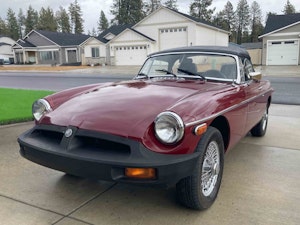




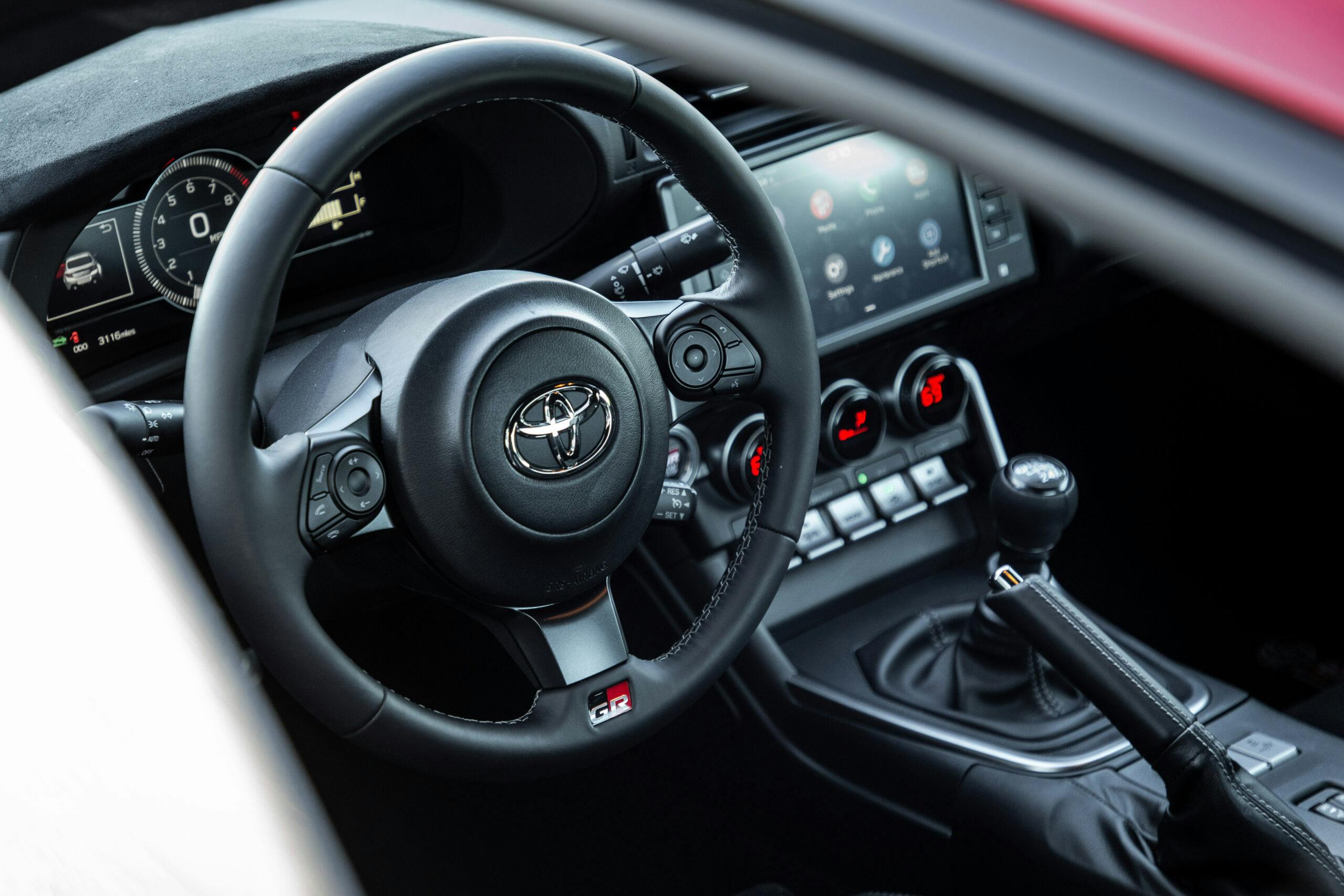














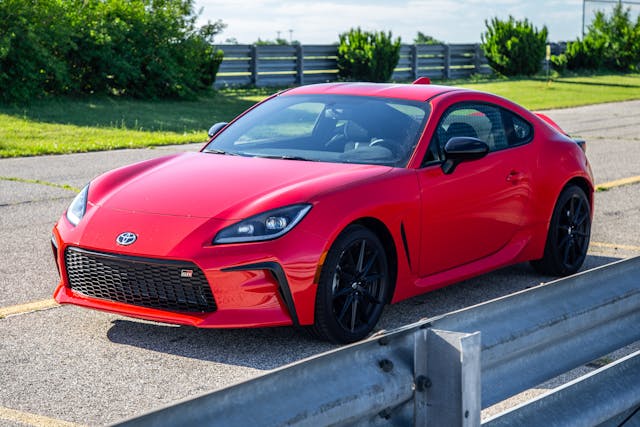



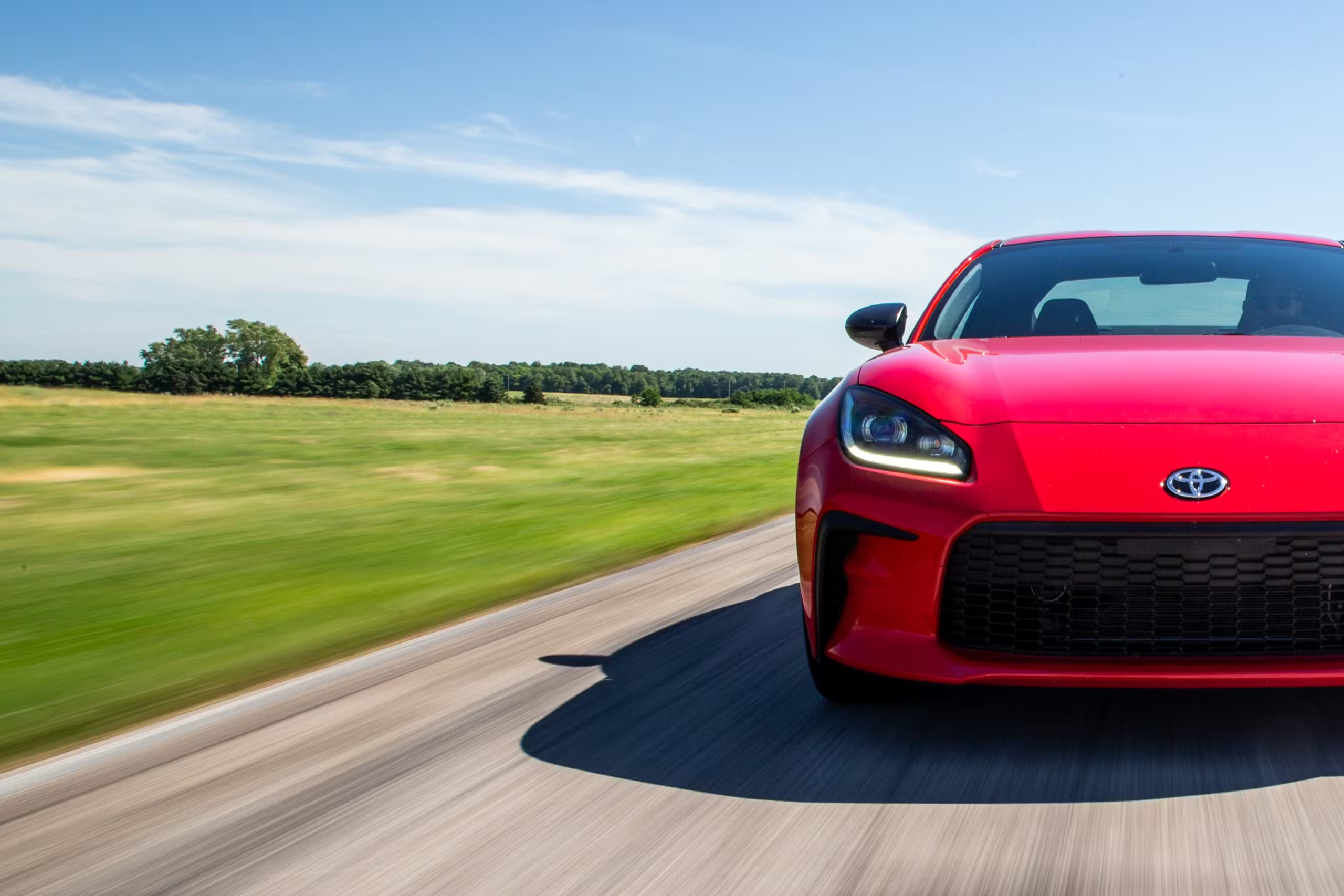



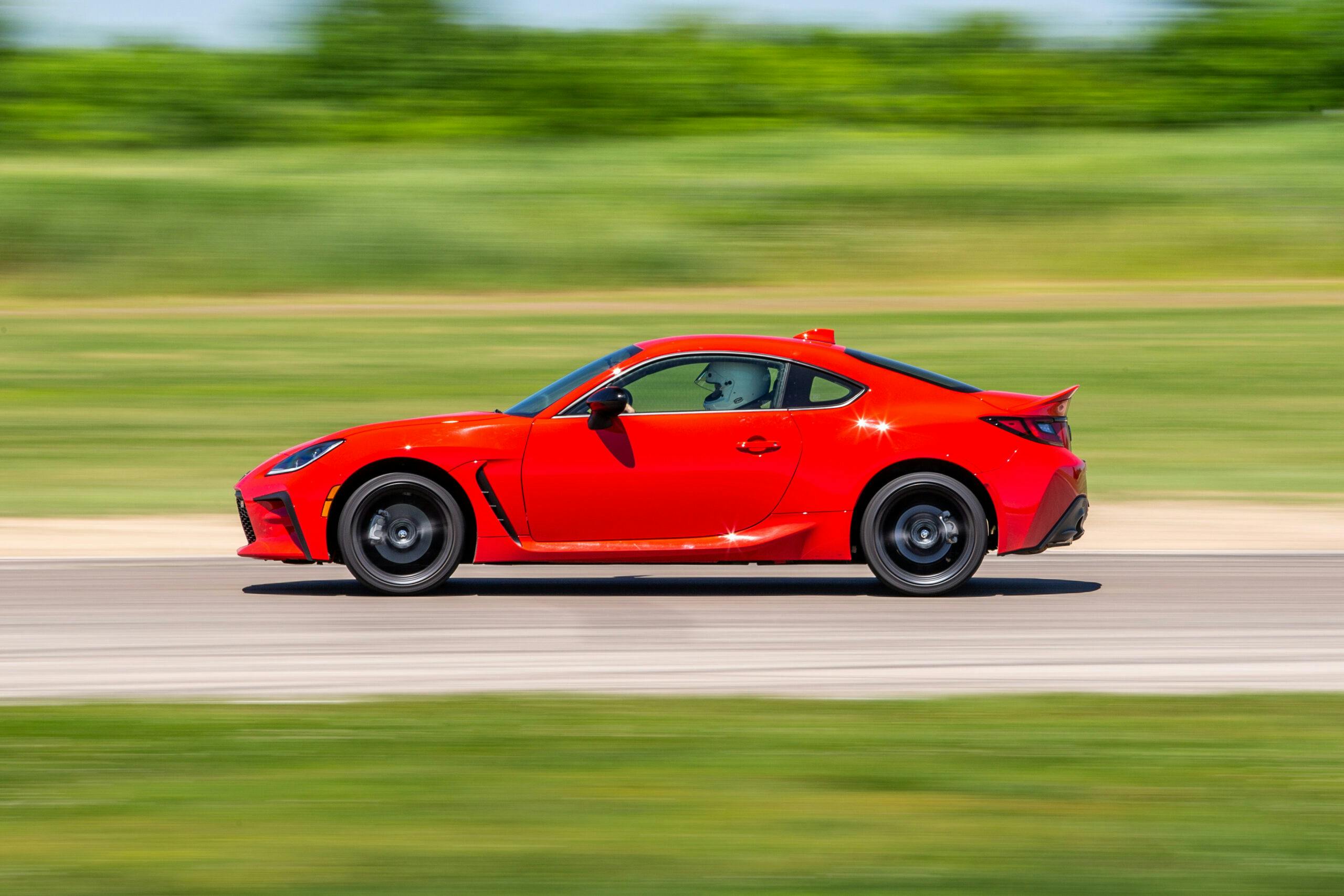








































If it had a turbo 4 preferably from Toyota I would really be into these cars. I do like them but not enough to buy one.
Every reviewer of these two cars complains about the engine note in the cabin. What they don’t acknowledge is most of that sound is artificial and comes from a speaker behind the infotainment head unit (Subaru calls it Active Sound Design (ASD)). I had the dealership disable ASD in my BRZ and the difference was startling. It is a simple setting they change in the car’s software. The car is still not quiet by any measure, but it no longer has the grumble/drone when cruising and doesn’t sound like a farm tractor under acceleration.
The drone in the cabin when cruising Grace is talking about is road noise, not engine. The engine doesnt start enhancing the engine note until around 3500rpm.
I dont think every reviewer hates the enhanced engine noise. I have one and its preferrable to the almost silent sound track, certainly every passenger I have loves it. I think sometimes the thought that its enhanced (which is still based on the engines harmonics, this isnt an audio recording playing back like an electric car), is such a strong cultural thing that ends up playing on peoples minds. I mean why else would every passenger, who know nothing about its enhancement, say how awesome it sounds.
Of course its fair not to like it, and I’d be lying if I said I wouldnt prefer the sound of ITBs sticking out of the hood or something, but unless you plan on buying a loud enough exaust to hear from the cabin, I think its a pretty good feature to have on.
Toyota has a gem of a 300hp motor in its 1.5L 3cyl turbo which the GR86 truly deserves!!